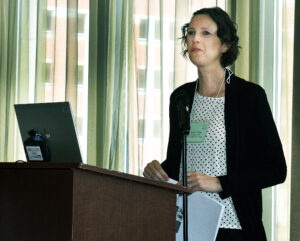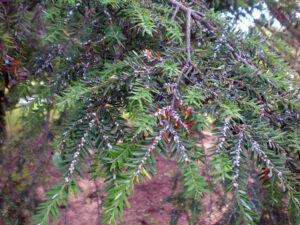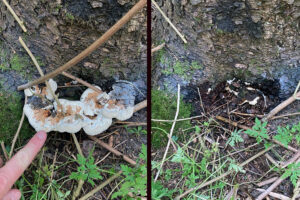
Photo credit: Larry Krueger.
The people who make Wisconsin’s forest products industry function are vast and varied. It’s estimated that more than 123,000 jobs in the state are tied to the forest industry. From the foresters and woodland owners caring for the forest to the loggers and truckers getting the logs from the forest to the sawmills and pulp mills throughout the state to the workers creating finished wood and paper products, it takes a wealth of passionate people to produce the many forest products you depend on every day.
Larry Krueger, a co-owner and sawmill manager of Krueger Lumber, is one of those working in the heart of Wisconsin’s forest products industry – fitting, as Krueger said he was born into it.
“My father Herb Krueger started Krueger Lumber in 1969,” Krueger continued. “The more you see the beautiful, natural products from our forest, the more you grow to love and appreciate its beauty.”
In his role, Krueger wears many hats. His day at the mill begins at 6:15 a.m. with a hard hat as he tours the sawmill to ensure smooth operations.
“I speak to various workers at different production points, checking for any problems and to see what’s new. I walk from the sawmill to the dry kilns and warehouses. I stop at the different lumber grading areas, speaking to the graders about any questions or issues they are seeing in the kiln-dried lumber being re-graded for quality,” he said.
Selling kiln-dried lumber is one of Krueger’s top priorities; after ensuring everything is running smoothly, he trades in his hard hat for a sales pitch.
“Throughout the rest of the day, I speak with and email regular and potential customers,” Krueger said. Continue reading “Larry Krueger Shares Insights From Forest Products Industry Career” →
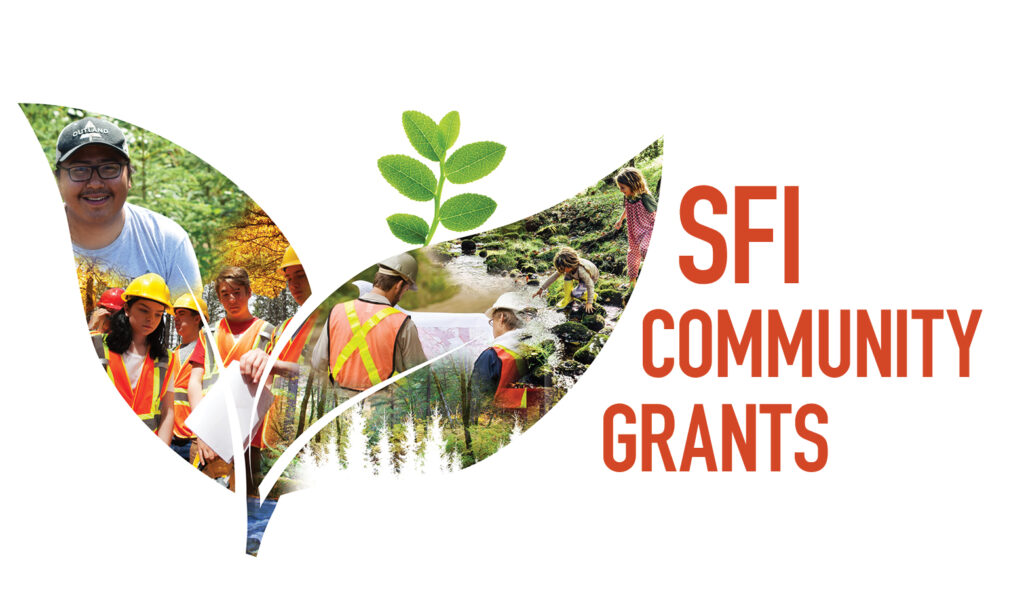 The Urban Forest Improvement Program, funded by the Inflation Reduction Act and the USDA Forest Service’s Urban and Community Forestry Program, provides grants to help organizations benchmark their urban or community forests against the Sustainable Forestry Initiative (SFI) Urban and Community Forest Sustainability Standard.
The Urban Forest Improvement Program, funded by the Inflation Reduction Act and the USDA Forest Service’s Urban and Community Forestry Program, provides grants to help organizations benchmark their urban or community forests against the Sustainable Forestry Initiative (SFI) Urban and Community Forest Sustainability Standard.
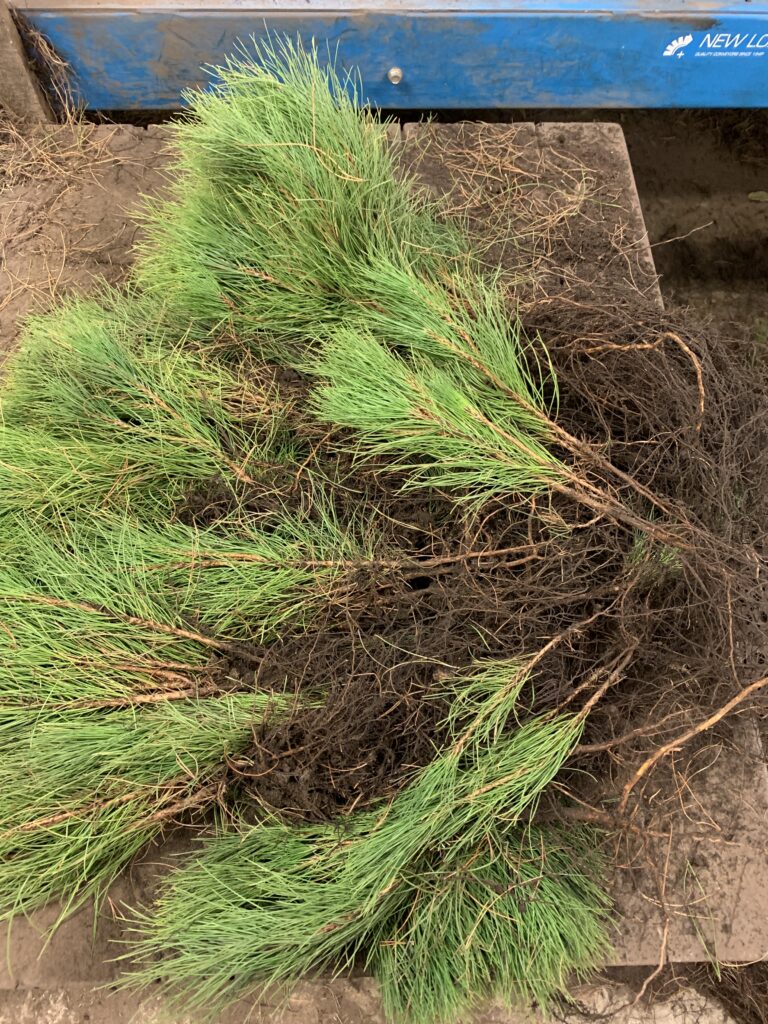 Do you remember when you were in fourth grade? Did you receive a tree seedling to plant for Arbor Day?
Do you remember when you were in fourth grade? Did you receive a tree seedling to plant for Arbor Day?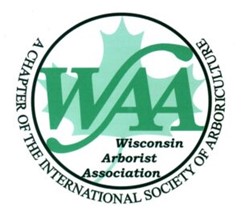 Date: Feb. 16-18, 2025
Date: Feb. 16-18, 2025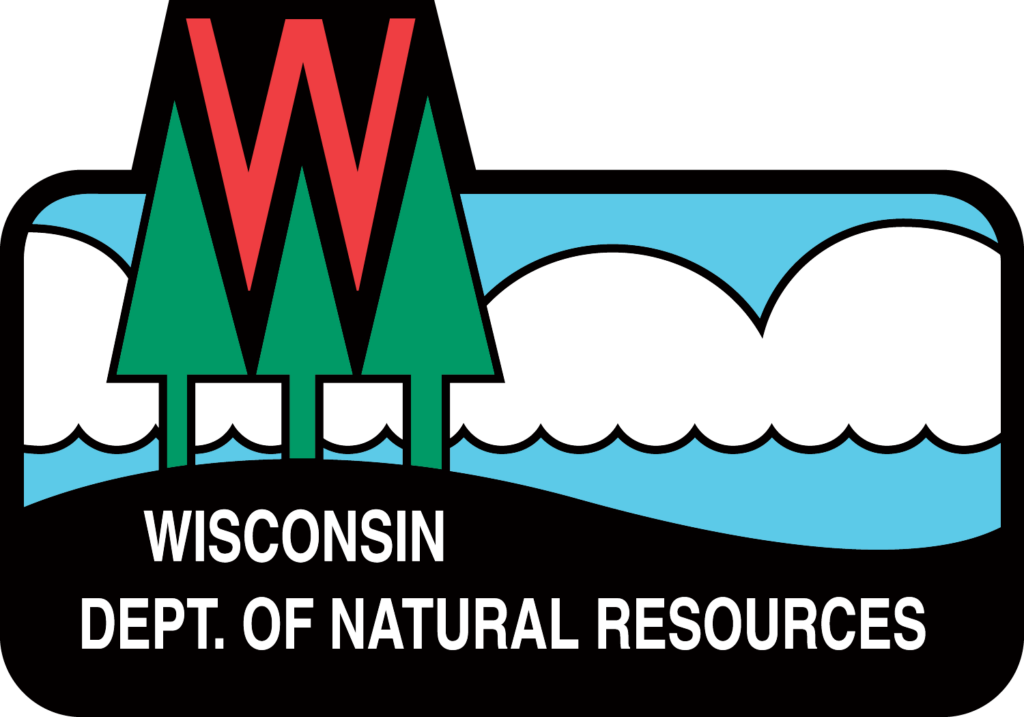
 During
During 